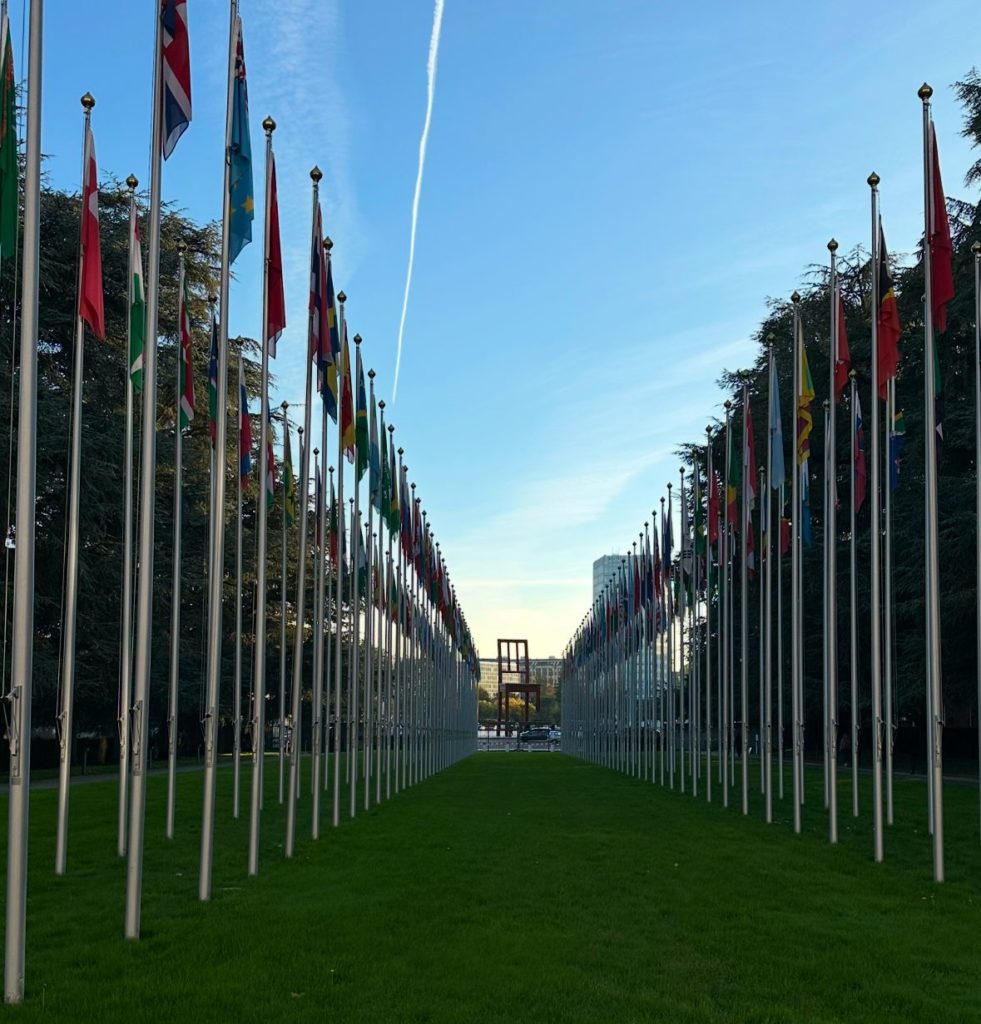Highlight 23/2025: The Quiet Force: Middle Powers and their Role in the Future of Multilateral Diplomacy
Ekaterine Burjanadze, 29 April 2025

In an era of rising great-power rivalry, growing global instability, and declining trust in multilateral institutions, middle powers have emerged as important stabilizers and bridge-builders in the international system. According to the International Organization journal published by Cambridge University Press, the term “middle power” is a convenient one that has come into general use as a means of avoiding the unreality of a simple division of states into “great” and “small”. Throughout the history of multilateral institutions, so-called “middle powers” have been the driving source of innovation and have played a key role in great power conflict prevention and de-escalation.
Countries such as Canada, South Korea, and Switzerland possess the diplomatic credibility, institutional consistency, and normative influence to lead cooperative efforts across regional and ideological divides. As recent discussions at the World Economic Forum in Davos have underlined, the future of multilateral diplomacy may well depend on the proactive, strategic engagement of these “quiet forces” in shaping global governance.
Canada has long established itself as a norm entrepreneur and coalition-builder. Its leadership in the formation of the Ottawa Treaty banning anti-personnel landmines in 1997 stands as a testament to its ability to mobilize global action on humanitarian disarmament, even without the backing of major powers. Additionally, Canada’s early and sustained support for the International Criminal Court (ICC) has positioned it as a defender of international justice and accountability Through such initiatives, Canada has reinforced the legitimacy of rules-based institutions, showing how middle powers can uphold global norms without coercive power.
Transitioning to East Asia, South Korea offers a model of a strategic and adaptive middle power. Navigating between major powers like the U.S. and China, South Korea has pursued its own global agenda through initiatives like the New Southern Policy, aimed at strengthening partnerships with ASEAN. Its development cooperation programs focus on areas such as digital innovation, healthcare, and climate adaptation are key to advancing the Sustainable Development Goals (SDGs). As a post-conflict economic success story, South Korea brings credibility to the table, positioning itself as an emerging peacebuilder.
In contrast, Switzerland represents a more traditional, yet no less essential, middle power role. Rooted in its policy of permanent neutrality, Switzerland often acts as an honest broker in sensitive diplomatic contexts. It facilitated backchannel diplomacy between the U.S. and Iran and currently serves as a protecting power between Georgia and Russia. As host to over 40 international organizations in Geneva including the United Nations Office and the International Committee of the Red Cross, Switzerland structurally and symbolically reinforces the value of multilateral governance. Its’ quiet diplomacy plays an indispensable role in de-escalating tensions and maintaining institutional trust.
Together, Canada, South Korea, and Switzerland with their combined diplomatic credibility, innovative development, and peace facilitation experience demonstrate how meaningful contributions to global stability and cooperation can be made beyond traditional levers of power. However, to fully realize this potential, more formalized cooperation mechanisms are needed. At this moment of global crisis, a standing diplomatic mechanism that links traditional Western middle powers like Canada and Switzerland with like-minded partners from other regions, like South Korea, Brazil, India, South Africa, and the United Arab Emirates, could offer a credible alternative to the gridlocked G20 or ideologically divided blocs such as BRICS and the Quad. Uniting middle powers in this way could foster a new model of diplomacy which may help shape a more inclusive and resilient global order.
Ekaterine Burjanadze, Highlight 23/2025: The Quiet Force: Middle Powers and their Role in the Future of Multilateral Diplomacy, 29 April 2025, available at www.meig.ch
The views expressed in the MEIG Highlights are personal to the authors and neither reflect the positions of the MEIG Programme nor those of the University of Geneva.
